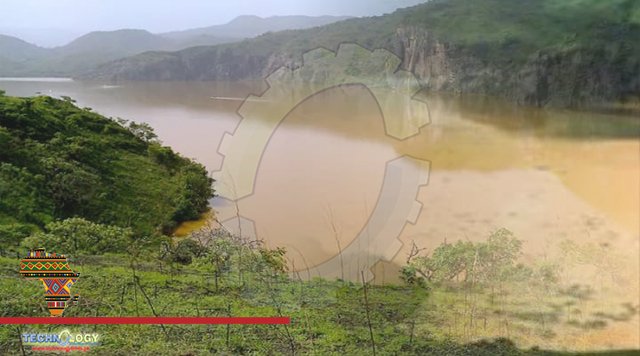Cameroon’s ‘Exploding Lakes, A sudden change on 29 August 2022 in the colour and smell of Lake Kuk, in north-west Cameroon, has caused anxiety and panic among the local residents. Fears are driven by an incident that happened 36 years ago at Lake Nyos, just 10km away.

Lake Nyos emitted lethal gases (mainly carbon dioxide) that suffocated 1,746 people and around 8,300 livestock. It wasn’t the first incident like this. Two years earlier, Lake Monoum, about 100km south-west of Lake Nyos, killed 37 people. Research into the cause of the Lake Nyos disaster concluded that carbon dioxide gas – released from the Earth’s mantle – had been accumulating at the bottom of the lake for centuries. A sudden disturbance of the lake’s waters due to a landslide resulted in a sudden release of around 1.24 million tonnes of carbon dioxide gas. Survivors briefly heard a rumbling sound from Lake Nyos before an invisible gas cloud emerged from its depths. It killed people, animals, insects and birds along its path in the valley before dispersing into the atmosphere where it became harmless. Both Kuk and Nyos are crater lakes located in a region of volcanic activity known as the Cameroon Volcanic Line. And there are 43 other crater lakes in the region that could contain lethal amounts of gases.Cameroon’s ‘Exploding Lakes, Other lakes around the world that pose a similar threat include Lake Kivu at the border of Rwanda and the Democratic Republic of Congo, Lake Ngozi in Tanzania and Lake Monticchio in Italy. After Lake Nyos erupted, its water turned a deep red colour and survivors reported the smell of rotten eggs. These are the same characteristics to have recently manifested at Lake Kuk. The change in colour of Lake Nyos was only noticed after the gas burst.
In an official press release, heavy rainfall was linked to the odour and change in colour of Lake Kuk. The tens of thousands of people living around the lake were urged to “remain calm while being vigilant to continuously inform the administration of any other incident noted”.As a geologist and disaster management expert, I believe that not enough is being done to address and manage the potential danger from crater lakes in the region. Cameroon’s ‘Exploding Lakes, Through my experience and research I’ve identified several key steps that policymakers must take to prevent another tragedy from happening. To start with, it’s important to know which lakes are at risk of “exploding”. Initial checks in some of the lakes were done more than 30 years ago and not thoroughly – it was just one team and on one occasion. Further investigations and regular monitoring are required. Currently it’s believed that, of the 43 crater lakes on Cameroon’s Volcanic Line, 13 are deep and large enough to contain lethal quantities of gases. Although 11 are considered to be relatively safe, two (Lakes Enep and Oku) are dangerous.
Source: This news is originally published by allafrica